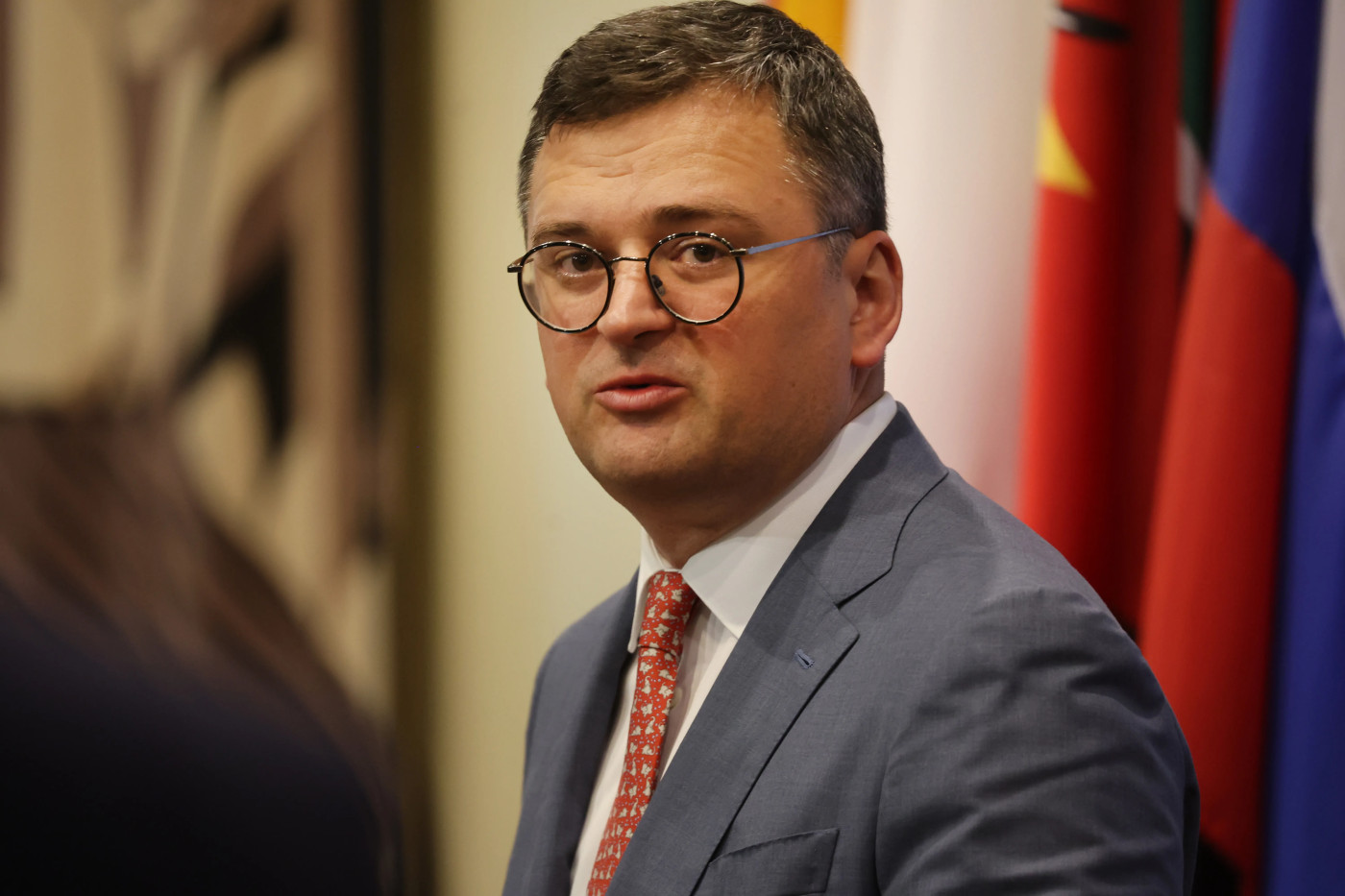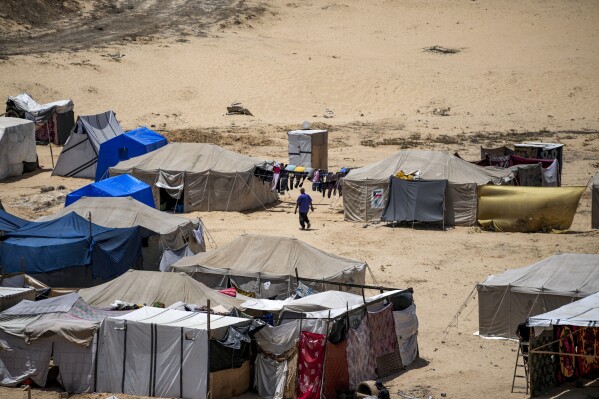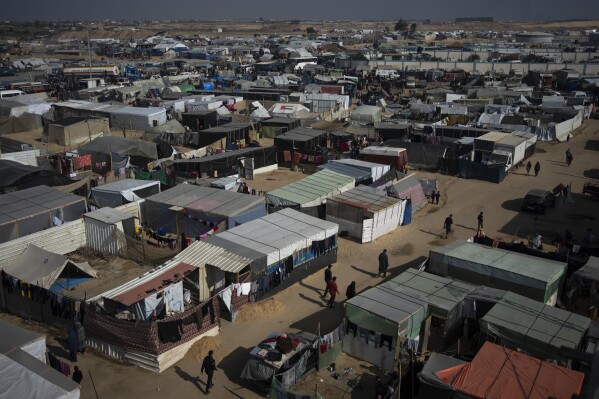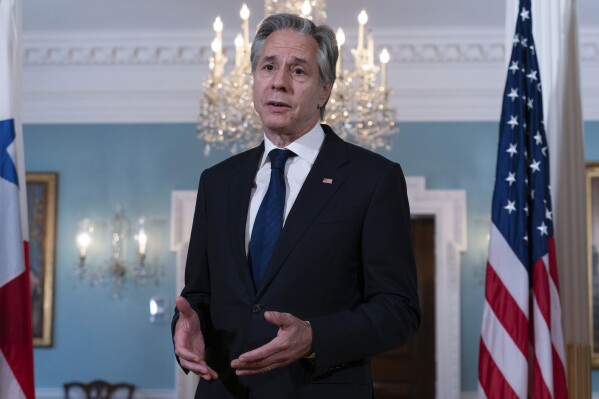NATO Has '500,000 Troops at High Readiness' Amid Russia Threat
NATO is holding half a million troops at high readiness to guard against the looming risk of war with Russia, the alliance's top spokesperson has said.
"Since 2014, NATO has undergone the most significant transformation in our collective defense in a generation," NATO spokesperson Farah Dakhlallah told CNN in an article published on Sunday. "We have put in place the most comprehensive defense plans since the Cold War, with currently more than 500,000 troops at high readiness."
NATO is seeking to bolster its preparations—both practical and perceived—in the face of the looming threat from Russia, where President Vladimir Putin and his top allies already say they are engaged in a direct clash with the U.S.-led "collective West."
Some allied states are considering reintroducing mandatory military service, while several of those already practicing conscription—including some nations bordering Russia—have been expanding intake, intensifying training and building equipment stockpiles.
"Around a third of NATO members have some form of compulsory military service," Dakhlallah said. "Some allies are weighing up conscription. However as an alliance we do not prescribe mandatory military service," she added. "The important thing is that allies continue to have capable armed forces to protect our territory and our populations."
NATO has been struggling to mobilize its massive military and industrial might since Russia's direct aggression against Ukraine began in 2014. The initial allied response to the annexation of Crimea and the occupation of parts of the Donbas region was criticized in Kyiv and elsewhere as hesitant and insufficient.
Moscow's full-scale invasion of Ukraine from February 2022 and the subsequent war of attrition laid bare NATO's limitations, with the alliance—particularly the non-U.S. members—struggling to meet the needs of Ukraine's military. The lack of air defense systems and artillery shells have been particular areas of weakness for the Western bloc, and thus for Ukraine, which has become reliant on its foreign backers.
This month's NATO summit in Washington, D.C., saw all 32 allies re-commit to expanding aid to Ukraine and bolstering their own military readiness. But pivotal elections in Europe and in the U.S. this year threaten to derail—or at least slow—collective action, with allies particularly concerned about the prospect of a second instalment of former President Donald Trump's "America First" foreign policy transactionalism.
From October, outgoing Dutch Prime Minister Mark Rutte will lead the alliance, taking over from Secretary General Jens Stoltenberg, who has been in the post since 2014.
Disclaimer: The copyright of this article belongs to the original author. Reposting this article is solely for the purpose of information dissemination and does not constitute any investment advice. If there is any infringement, please contact us immediately. We will make corrections or deletions as necessary. Thank you.



